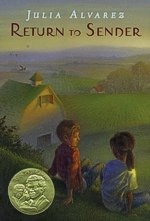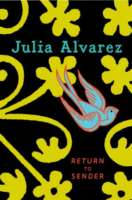By Seemi Aziz, Tucson, Arizona
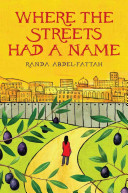 As I work on a project evaluating the authenticity of Muslim Voices in text I have been surprised by the number of books out there that are both of quality and taste. As an educator scholar of the Muslim Voices Project, being conducted under the auspices of the Humanities Council New York, I helped suggest and select the following list – still in need of some abridgement. As I read and evaluate the list I will share my thoughts about some of them in this forum. The list along with a short descriptor is as follows: Continue reading
As I work on a project evaluating the authenticity of Muslim Voices in text I have been surprised by the number of books out there that are both of quality and taste. As an educator scholar of the Muslim Voices Project, being conducted under the auspices of the Humanities Council New York, I helped suggest and select the following list – still in need of some abridgement. As I read and evaluate the list I will share my thoughts about some of them in this forum. The list along with a short descriptor is as follows: Continue reading


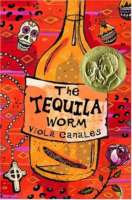 In the past three weeks I’ve shared a number of books set in the Rio Grande Valley (RGV) and written by RGV authors. These books feature the culture and traditions of the mostly Latino, working class population in this geographical region along the Texas-Mexico border.
In the past three weeks I’ve shared a number of books set in the Rio Grande Valley (RGV) and written by RGV authors. These books feature the culture and traditions of the mostly Latino, working class population in this geographical region along the Texas-Mexico border.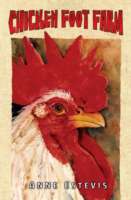 The Rio Grande Valley (RGV) of South Texas is a place of movement and change. As a Midwestern native now living in the RGV, I joined a history of immigrants to the Valley since the mid-1700s. Today emigration and immigration continues as Americans move to the RGV to pursue business opportunities, Mexicans move for economic opportunity and to flee drug cartel violence, and migrant farm workers harvest crops in the RGV in the winter and travel to other agricultural areas in the summer.
The Rio Grande Valley (RGV) of South Texas is a place of movement and change. As a Midwestern native now living in the RGV, I joined a history of immigrants to the Valley since the mid-1700s. Today emigration and immigration continues as Americans move to the RGV to pursue business opportunities, Mexicans move for economic opportunity and to flee drug cartel violence, and migrant farm workers harvest crops in the RGV in the winter and travel to other agricultural areas in the summer.  When children see their lives represented in literature, it shows them that those lives are worth representing. This holds special importance when children come from cultures or areas that are historically isolated, overlooked, or oppressed. The Rio Grande Valley (RGV) of South Texas has been all three. Because of its rural and isolated location, in many ways the RGV has had closer connections with Mexico than with the rest of Texas or the United States.
When children see their lives represented in literature, it shows them that those lives are worth representing. This holds special importance when children come from cultures or areas that are historically isolated, overlooked, or oppressed. The Rio Grande Valley (RGV) of South Texas has been all three. Because of its rural and isolated location, in many ways the RGV has had closer connections with Mexico than with the rest of Texas or the United States. 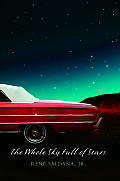 In 1992 I left my hometown in Indiana and moved 1500 miles away for a teaching job in the Rio Grande Valley (RGV) of South Texas. In doing so, I discovered a unique geographic and cultural region of the United States.
In 1992 I left my hometown in Indiana and moved 1500 miles away for a teaching job in the Rio Grande Valley (RGV) of South Texas. In doing so, I discovered a unique geographic and cultural region of the United States.
